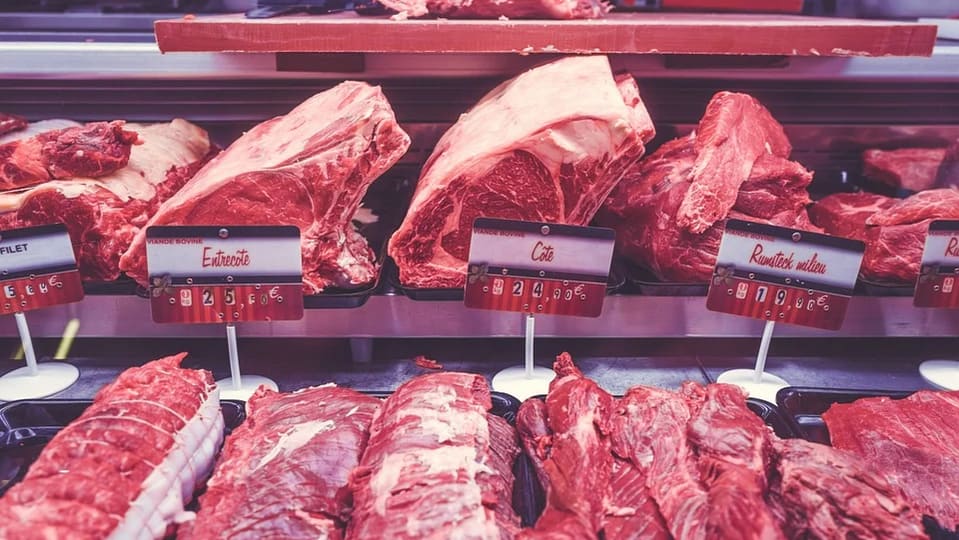Although not all people eat meat, it is a great delicacy that forms part of the meals for those who enjoy it. Most importantly, meat is a rich source of nutrients, for example, proteins, minerals like calcium and iron, and even vitamins. Also, people can prepare meat in many ways, such as roasting, boiling, frying, and others. Meat can also be sliced into thin slices and cured to form a flavorful snack like the fantastic Ember Biltong meaty treats. Such meaty snacks are great sources of protein and help overcome hunger pangs when on the go, or working and you have no time to break for meals.
So, what are some of the things you need to look out for when buying meat?
Check the Food Safety Standards
Because of the possible problems that consumers could get from contaminated or spoilt foods, it is crucial to check that all packed meat products and other foods have food and safety authority’s approval. You need to scrutinize the packaging to see if they have certification labels that indicate that they meet all the safety requirements and standards. You may need to be careful when buying unpacked meats because they do not have these packaging labels. As such, you cannot check for food safety.
Check the Color of the Meat
 You can know a lot about the freshness and safety of meat by looking at its color. If you are going for the read meat, the color should be bright red if it’s fresh, but the color could be somehow brownish if vacuum-packed. Such meats are of the best quality and won’t go bad when you refrigerate them. On the other hand, if you are buying poultry meat sourced directly from the farms, the best color is white or light pink.
You can know a lot about the freshness and safety of meat by looking at its color. If you are going for the read meat, the color should be bright red if it’s fresh, but the color could be somehow brownish if vacuum-packed. Such meats are of the best quality and won’t go bad when you refrigerate them. On the other hand, if you are buying poultry meat sourced directly from the farms, the best color is white or light pink.
Also, the meat must not have any sort of green tint, more so on the joints. Also, the meat’s surface should be free of any bruises and clots. Generally, you need to avoid red meat with purple patches or dark brown color because this shows it is from an old animal and is close to expiry.
Consider the Smell of the Meat
Besides the color, the smell can tell you a lot about the meat. If buying poultry, it should not have any odor but could at times bear a slight meaty smell. Red meat should not be so different from the smell of the animal; for example, mutton should not be so different from the typical smell of a lamb. One crucial thing is to ensure that the meat you are buying has no foul odor.

